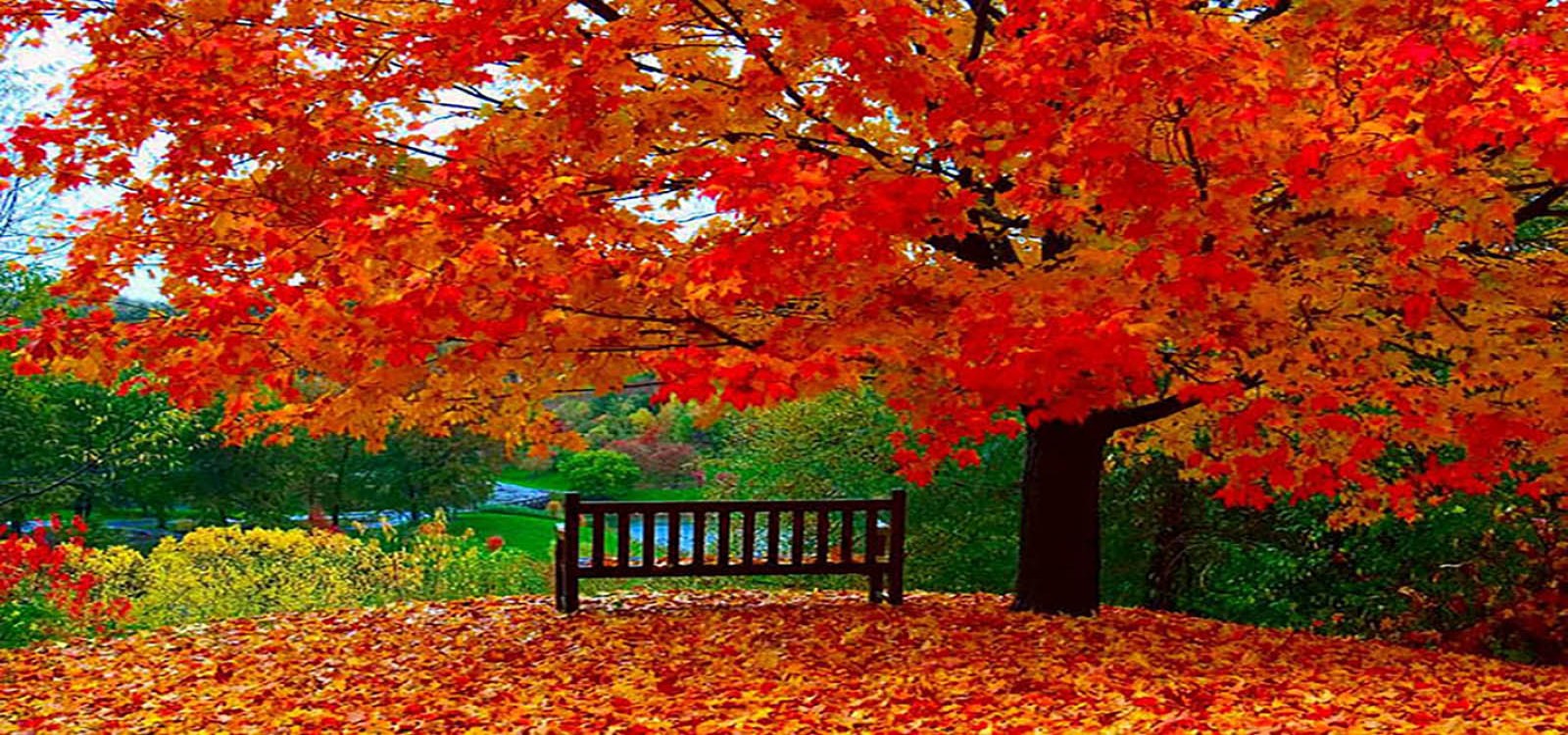
Tourism Information of Kurdistan Province
Kurdistan Province or Kordestan Province or Kurdestan Province is one of the 31 provinces of Iran , not to be confused with the greater geographical area of Iranian Kurdistan . The province of Kurdistan is 28,817 km² in area which encompasses just one-fourth of the Kurdish inhabited areas of Iran or Iranian Kurdistan . It is located in the west of Iran , in Region 3 , and bound by Iraq on the west , the province of West Azerbaijan to its north , Zanjan to the northeast , Hamedan to the east and Kermanshah to the south . The capital of Kurdistan Province is the city of Sanandaj (Kurdish : Sinne) . Other counties with their major cities are Marivan , Baneh , Saqqez , Qorveh , Bijar , Kamyaran , Dehgolan , Diwandarreh and Sarvabad .
History
The mountainous lands of this area first encouraged Aryan tribes to settle in this region after their immigration to Iran . It was from here where the first plan to overthrow the Assyrian Empire began , leading to their defeat in 612 BCE , and setting the stage for the commence of the Median empire .
When the Islamic Arabs attacked the Sassanid empire in 634 CE , many Kurds resisted their invasion , but were eventually brought under Muslim rule . In 835 CE , one of the Kurdish leaders revolted against Al-Mu'tasim , but was eventually suppressed . The Kurds revolted against the Arab Caliphs several times but were defeated .
During the next few hundred years , Kurdistan became the arena of conflict between various invaders , including the Mongols and Timurids . Its steady decline began in the 16th century , when sea traffic replaced the famous Silk Road .
Upon the order of Sultan Muhammad Khodabandeh (Öljaitü) , a small town by the name of Soltanabad Chamchal was constructed in Bisutun region to function as the official and political center of Kurdistan in the Middle Ages . It remained the capital for nearly one-and-a-half centuries , until , in 1372 CE , the government moved to Hassanabad fort , 6 km south of Sanandaj (Sinne) . Around 14th century , people from Ardalan tribe established themselves in Sinne (Sanandaj) as the rulers of this region .
According to Sharafnama written by Sharaf-al-Din Bitlisi , the earliest known leader of the tribe , Bawa Ardalan , was a descendant of "Ahmad b. Marwan" , who ruled in Diyarbakır . He settled down among the Gorani people in Kurdistan and toward the end of the Mongol period took over the "Şare Zor" (Sharazor) region , where he established himself as an absolute ruler . He is considered to be the founder of the Ardalan principality . The territories of Zardiawa (Karadagh) , Khanaqin , Kirkuk , and Kifri , which were already the homelands of the Goran-Kurds , all belonged to this principality . The capital city of the principality was first in Sharazor , but was moved to Sinne later on . During the reign of Shah Ismail I , the founder of Safavid dynasty , Sunni Kurds (among them the Ardalans) were supported by Ottoman against the Shi'ite government of the Safavids . When Soleiman Khan Ardalan came to power in 1630 CE , the throne was transferred to Sanandaj (Sinne) , and , from then on , the rulers contributed to the flourishing and development of the area .
The Ardalan Dynasty continued to rule the region until the Qajar monarch Nasser-al-Din Shah (1848-1896) ended their rule in 1867 CE .
Geography
Kurdistan Province is a mountainous region that can be topographically divided into a western and an eastern section at Sanandaj . As a result of its elevation and mountains , Kurdistan province has many rivers , lakes , glaciers and caves , which render it rather picturesque . Consequently , Kurdistan has always attracted a large number of tourists and fans of mountaineering , ski and water-sports .
The Zarrineh River , 302 km long , is one of the longest rivers of this province . Its banks offer great opportunities for recreation and the river's plentiful water renders itself ideal for water sports . This river runs northwards and ultimately pours into Lake Urmia . The Sirvan River is another prominent river in this province . It runs over a long distance , eventually to join the Tigris in Iraq . The banks of this river are remarkably attractive . The Simineh River is also an important river in this province . A large number of marine species and birds live on the banks of the province's numerous rivers which they seem to find ideal habitats .
Lake Zarivar is the most beautiful water-way of the province , which lies at the feet to high mountains , providing a delightfully picturesque sight . Its water is sparklingly fresh . The lake has a maximum depth of 50 m and an average depth of 3 m . It is surrounded by thick forests . The lake , the mountains and the forests create a scenic panorama . This lake , which has a length of 5 km and a maximum which width of 1.7 km , lies to the west of Marivan . Lake Vahdat's dam , to the north of Sanandaj (Sinne) , provides excellent opportunities for fishing and water-sports .
Kurdistan benefits from many resourceful mineral water springs . The most outstanding of these are : Govaz to the northwest of Kamyaran , Abetalkh close to Bijar and Baba Gorgor to the north of Qorveh .
Cave Kereftoo , close to Divandarreh , is a unique natural and at the same time archeological site . Inside the cave there are a number of ancient buildings known as the Temple of Heraclius , because the name of this Greek god is carved on the ceiling of one of the halls . Cave Shoovi , 267 m long , is another prominent cave , which lies near the city of Baneh .
Mount Charkhaln 3,330 m high , mount Chehelcheshmeh , 3,173 m , Mount Hossein Bak , 3,091 m , and Mount Masjede Mirza , 3,059 m , are the other large mountains of Kurdistan .
Kurdistan has vast forests and refuges , where many animals and birds live , safely from the harms of the human beings : the leopard , ram , wild goat , hyena , jackal , wolf , fox , sable , weasel and such birds as the partridge , wild duck , stork , parrot and eagle .
Climate
Kurdistan is one of the most mountainous (hilly) regions in Iran and has a generally mild and quite pleasant climate throughout the spring and summer . Winters are long and can be very cold with heavy snowfalls .
People and culture
The population of the province in 1996 was 1,346,383 of which 52.42% were urban dwellers and 47.58% rural dwellers . According to National Census , in 2011 population of Kurdistan was 1,493,645 out of which 66% lived in urban area . The Kurdish people are the majority population in this province , and they speak Sorani-Kurdish which is a northwestern Iranian language . There is also a significant Azeri minority in Qorveh and Bijar . The region's historical name is Ardalan .
The Kurdish language is categorized under the Indo-European group of languages , with a distinctive grammatical form . This language has various branches in Iran , such as the Sorani , Hewrami , Feyli , Kalhuri and Kurmanji . Majority of the people in Kurdistan province speak variants of Sorani Kurdish , sometimes called as "Ardalani" dialect . Hewrami Kurdish is also spoken around Marivan , in a region called "Hewramanî Text"(The Flat Hawraman) . In eastern parts of the province including Bijar and Qorveh , the majority are Shiite Kurds . There also exists an Azeri minority in the villages around Qorveh .
Administration
Kurdistan Province (Kordestan Ostan) is sub-divided into 10 counties (shahrestan) , with populations as follows at the 2006 and 2011 Censuses . Each county is named after the city or town which is its administrative capital .
2006 population included in figure for Qorveh County , from which it was split off in 2007 .
Economy
The major activities of the inhabitants are agriculture and modern livestock farming . Wheat , barley , grains and fruits are the major agricultural products . The chemical , metal , textile , leather and food industries are the main industrial activities in this province .
Colleges and universities
· Kurdistan University of Medical Sciences
· Tohid Medical Center
· University of Kurdistan
· population of kurdistan university is about 5500
· Islamic Azad University of Sanandaj
Attractions
Iran's Cultural Heritage Organization lists 211 sites of historical and cultural significance in Kordestan province . Some , such as Hajar Khatoon Mosque in Sanandaj or Ghal'eh Kohneh in Bijar date back to the Sassanid era . For more info , see the provincial Cultural Heritage Organization website linked at the bottom of this page .
Zarivar, a Freshwater Lake in the Mountains of Kurdistan Just 130 km away from Sanandaj in Kurdistan, there is the biggest freshwater lake of western Iran; Zarivar. Province of Kurdistan in western region of Iran, is very popular for its pure nature, scenic mountainous roads, and the rich culture of the people. That’s why many travelers put Kurdistan in their bucket-list. One of the main attractions that amaze almost all travelers, is the freshwater lake in the west of Sanandaj at the elevation of 1285 m from the sea level. To reach Zarivar lake (aka Zeribar, Zrewar) one must take the road from Sanandaj to Marivan, a city just 2 km away from the lake. This road itself is one the most beautiful roads in Iran. It passes through plains, old oak jungles on the hills, and rocky mountains.

Zarivar Lake, Panoramic view
Zarivar which in Kurdish language means “lake”, is 5 km long, 1.6 m wide and has a maximum depth ranging from 3 m in summer to 6 m. No river flows into the lake and the source of the water is the springs inside and around the lake. Zarivar lake has a rich flora and fauna. There are various types of reeds, lotus and ivy on the lakeside. The endemic aquatics of the lake consist of carp, grass carp, and eel. This diverse flora and fauna of Zarivar lake attracts many birds for nesting. Duck, heron, coot, bittern, swallow, kestrel, and falcon live in the lake and its surroundings. So except for bird-watching, and enjoying the landscape, visitors can ride pedal boats, or hop on motorboats. The most common meal people can have by the lake is grilled fish. They can do it themselves or simply at one of the restaurants on the lakeside.















